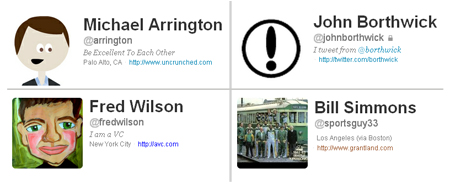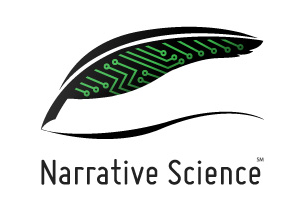Back in 2008, Qloud got acquired by BuzzMedia and Toby and I were assigned to running the product and engineering divisions of the company. Buzz owned at the time around 50 blogs around music and celebrities such as Stereogum and TheSuperficial. I wasn’t that familiar with many of the blogs, but i quickly realized that some of them were really good and pretty funny.

Probably my favorite of the bunch was a blog called WWTDD which stands for “What Would Tyler Durden Do” which is named after the main character in Flight Club. The site is not what you would call an example of journalistic excellence. He would post a picture of a celebrity – often a very good looking woman – and usually make fun of her. The difference here is that he’d do it in a really funny and clever way. He did this all day, every day, 365 days a year. It was sort of incredible.
I’m writing about this because the writer of WWTDD wrote a blog post yesterday that the days of doing what he does are over. He doesn’t think it works anymore. He writes:
When I wrote Superficial and then co-created Tyler, there were like 3 other sites (Pink is the new Blog, Perez, called Page 666 at the time, and Defamer). Now every dickhead who’s ever gotten an “LOL” on a message board thinks he can write a website, and almost every single one follows that exact model that I created.
And it does not work anymore. It simply does not. It’s 2013 and that old shit is not good enough. I know what to do and I have been begging to change things. It’s frustrating, and I apologize to people who read the page as I got more and more bored and annoyed.
Unfortunately he doesn’t say what the new model is but he implies that it’s coming. I really quite curious. I guess we’ll just have to wait and see.





 Lots of the criticism came from AOL’s expenses in producing content and skepticism that they will ever make enough money on the content they are producing. It also came out that they are spending $160 million a year on Patch which equals about $150k a year on each site. One analyst (Robert Peck at Quasar Capita) said about AOL, “If you sell lemonade for $1 and it costs $800 to make it, that’s not a great business.”
Lots of the criticism came from AOL’s expenses in producing content and skepticism that they will ever make enough money on the content they are producing. It also came out that they are spending $160 million a year on Patch which equals about $150k a year on each site. One analyst (Robert Peck at Quasar Capita) said about AOL, “If you sell lemonade for $1 and it costs $800 to make it, that’s not a great business.”

